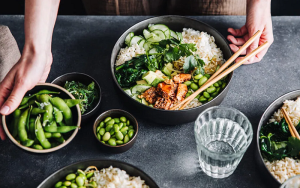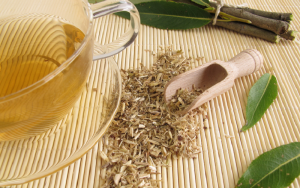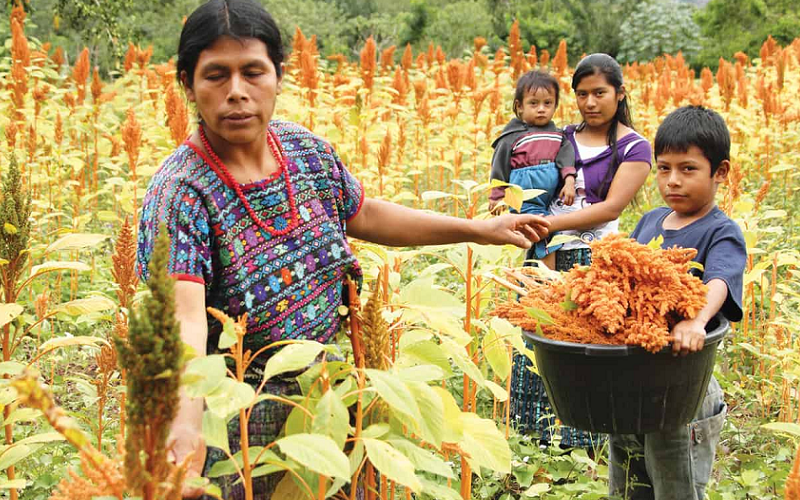
In today’s health-conscious world, the term “superfood” has been popularized to define foods with superior nutritional density. While most of us are familiar with contemporary superfoods such as kale, acai berries, or avocados, a plethora of ancient crops — grains, seeds, and vegetables — that once flourished on this planet have been largely forgotten. These age-old powerhouses of nutrition, cultivated by our forefathers, are still relevant and remarkably beneficial for our health and well-being.
Contents
Introduction to Superfoods and Ancient Crops
Here we take a journey through the annals of agricultural history, where we rediscover the power-packed produce that once thrived in our ancestors’ fields. These “Forgotten Superfoods,” also known as ancient crops, hold a treasure trove of nutrition, providing numerous health benefits that often surpass those of their modern-day counterparts.
Definition of Superfoods
But before we proceed, it’s important to understand what we mean by the term “superfood.” A superfood is essentially a nutrient-rich food considered to be especially beneficial for health and well-being. These foods are packed with vitamins, minerals, and antioxidants, delivering an array of health benefits in every bite. Some modern examples include kale, acai berries, and avocados.
Overview of Ancient Crops as Forgotten Superfoods
So where do ancient crops fit into the superfood story? Ancient crops refer to the grains, seeds, and vegetables that were cultivated by our ancestors, which over the course of time have been neglected or forgotten, due to shifts in agricultural practices and consumer preferences. From quinoa and amaranth to teff and millet, these crops are superfoods in their own right, boasting high nutritional content and a variety of health benefits.

Understanding the Concept of Ancient Crops
Now that we’ve set the stage, let’s delve deeper into the world of ancient crops. You may be wondering what exactly qualifies as an ancient crop, and why these “forgotten superfoods” warrant our attention today.
Definition of Ancient Crops
At their core, ancient crops are grains, seeds, and vegetables that have been cultivated for thousands of years by our ancestors, largely unchanged by modern agriculture and genetic modification. These are the crops that were often grown using traditional methods, in diverse crop systems, and were a staple in ancient diets around the world. They range from the Andean grain quinoa to the nutrient-rich amaranth of Mesoamerica, each with their unique nutritional profiles and histories.
Brief History and Evolution of Ancient Crops
Dating back thousands of years, ancient crops have a rich history intertwined with human civilization. For instance, millet and sorghum were among the first crops to be domesticated in Africa, while quinoa was a staple food for the ancient Incan civilization. Over the centuries, these crops have adapted to various climates and soils, demonstrating their resilience and versatility. However, with the advent of industrial agriculture in the 20th century, these ancient crops were largely sidelined in favor of high-yielding and easily mechanized crops like wheat, corn, and rice [1].
Importance of Ancient Crops in Modern Nutrition
Despite their gradual fade from our diets, the nutritional importance of these ancient crops is undeniable. They are typically high in fiber, protein, and other essential nutrients, making them ideal for a balanced and healthy diet. Moreover, they are often gluten-free, making them suitable for people with dietary restrictions. With the increasing interest in health, nutrition, and sustainability, there is a growing recognition of the potential of these forgotten superfoods. They offer us a way to diversify our diets, improve our health, and promote sustainable agricultural practices.
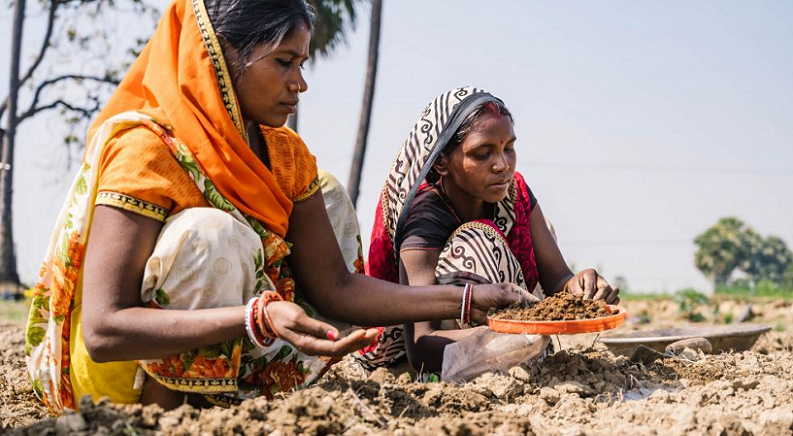
The Nutritional Profile of Ancient Crops
Having explored what ancient crops are and their historical significance, let’s now delve into the heart of what makes these forgotten foods “super.”
General Nutritional Value of Ancient Crops
Ancient crops pack a nutritional punch. These seeds, grains, and vegetables are often rich in essential vitamins, minerals, antioxidants, and dietary fiber, making them a healthy addition to any diet. For instance, quinoa is known as a complete protein because it contains all nine essential amino acids our bodies can’t produce on their own. Similarly, amaranth is a great source of minerals like calcium, iron, and magnesium [2].
The Role of Ancient Crops in a Balanced Diet
But why exactly should we include these ancient crops in our diets? Their high nutritional value can contribute to a well-rounded and balanced diet, ensuring that we get a diverse range of essential nutrients. Their high fiber content aids digestion and can help control weight, while their protein content makes them an excellent choice for vegetarians and vegans. Furthermore, the variety of ancient crops available allows for a range of tastes and textures in meals, offering an exciting way to diversify and enhance our culinary experiences [3].
Comparison of Nutritional Profiles Between Ancient Crops and Modern Foods
Comparing the nutritional profiles of ancient crops with modern commonly consumed foods, one can notice some striking differences. For instance, quinoa contains nearly twice the amount of fiber as modern grains like wheat or corn. Similarly, the African grain, teff, is a richer source of iron compared to common cereals. While we don’t suggest entirely replacing modern foods with ancient crops, introducing these forgotten superfoods into your diet can certainly help to increase your intake of key nutrients that might be lacking in a typical modern diet [4].
Detailed Look at Specific Forgotten Superfoods
With a general understanding of the nutritional benefits of ancient crops, it’s time to zoom in on specific examples. Each of these forgotten superfoods comes with a unique history and set of nutritional benefits.
Quinoa: An Ancient Grain from the Andes
Originating from the Andean region of South America, quinoa was a staple food for the ancient Incan civilization. Quinoa is considered a complete protein, as it contains all nine essential amino acids. It’s also high in fiber, magnesium, B vitamins, iron, potassium, calcium, phosphorus, and various beneficial antioxidants. Versatile and easy to cook, quinoa can be used as a substitute for rice or added to salads, soups, and more.
Amaranth: A Nutrient-Dense Seed from Mesoamerica
Amaranth, native to Mexico and Central America, was a fundamental food crop for the Aztecs. Like quinoa, it’s rich in protein, but it also boasts high levels of minerals like magnesium, iron, and manganese. Amaranth seeds can be popped like popcorn, cooked into a porridge, or used as a grain substitute in a variety of dishes.
Teff: An Ethiopian Staple Packed with Protein
Teff, an ancient grain native to Ethiopia and Eritrea, is packed with protein and rich in iron, calcium, and dietary fiber. Despite its tiny size, it’s a nutritional powerhouse and is primarily used to make injera, a traditional sourdough-risen flatbread [5].
Millet: A Versatile Grain from Asia
Originally cultivated in Asia, millet is a group of small-seeded grains that are exceptionally hardy and drought-resistant. Millets are high in antioxidants, protein, and dietary fiber, and they contain numerous essential minerals. They can be used in everything from bread and porridge to salads and stews.
Chia Seeds: A Powerful Superfood from Central America
Chia seeds, native to Mexico and Guatemala, were a staple in ancient Mayan and Aztec diets. They’re packed with Omega-3 fatty acids, antioxidants, fiber, iron, and calcium. These tiny seeds can be eaten raw, soaked in juice, added to porridge, pudding, smoothies, or sprinkled on top of salads.
Sorghum: An African Grain High in Antioxidants
Sorghum, originating from Africa, is a nutrient-rich grain with high levels of unsaturated fats, protein, fiber, and minerals such as phosphorus, potassium, calcium, and iron. Additionally, it’s among the most efficient crops in converting solar energy and use of water, making it an environmentally friendly choice. Sorghum can be used similarly to other grains and also in the production of gluten-free beer.
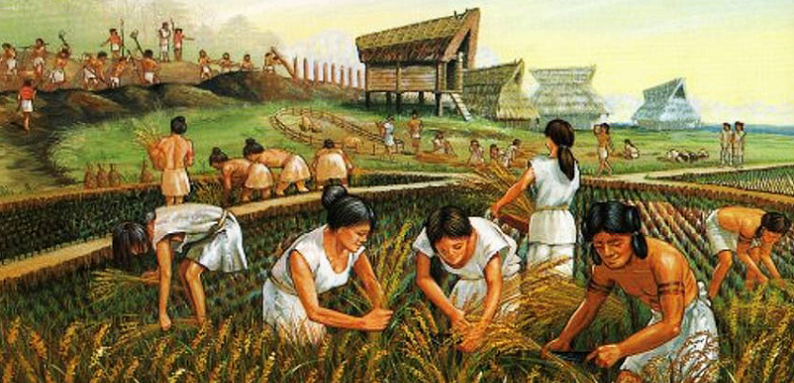
The Role of Forgotten Superfoods in Sustainable Agriculture
As we move into an era that places increasing importance on sustainable practices, it’s essential to note that the benefits of ancient crops extend beyond nutrition. Their role in sustainable agriculture is significant and worthy of attention. These hardy crops, having evolved over thousands of years, can contribute to biodiversity, improve food security, and benefit the environment [6].
Environmental Benefits of Ancient Crops
The diverse nature of ancient crops can have numerous benefits for the environment. Many of these crops are well-adapted to local soil and climatic conditions, making them resistant to pests, diseases, and extreme weather. For instance, millet and sorghum are incredibly drought-resistant, meaning they can grow where other crops fail. By requiring fewer inputs such as water and pesticides, these ancient crops can help promote a more sustainable and resilient food system.
Ancient Crops and Food Security
In an increasingly uncertain world, where climate change poses a significant risk to our food security, the cultivation of these hardy ancient crops can play a vital role. Their ability to thrive in various and often challenging conditions makes them a reliable source of nutrition in regions prone to environmental stresses. Thus, reviving the cultivation and consumption of these crops can contribute to food security and the resilience of farming communities.
Promotion of Biodiversity Through the Cultivation of Ancient Crops
In addition to their environmental resilience and role in food security, the cultivation of ancient crops can also contribute to agricultural biodiversity. Overreliance on a few crop species reduces biodiversity and can make our food system more vulnerable to pests, diseases, and climate change. By diversifying our agricultural practices to include ancient crops, we can encourage biodiversity, creating a more robust and resilient food system.
References
[1] Ancient grains and forgotten crops: the food of the future?
[2] The future of food might lie in the past
[3] Forgotten Superfood of the Americas
[4] The superfoods that fueled ancient Andeans through 2,500 years of turmoil
[5] Superfoods: Lost crops of the Incas are missing link
[6] It’s time to rediscover the forgotten crops of the world


